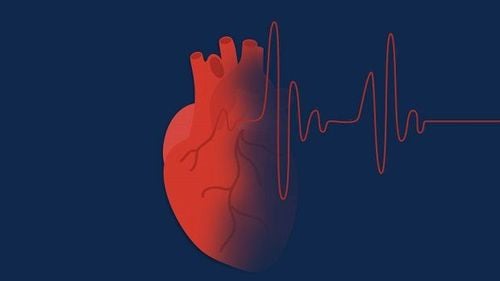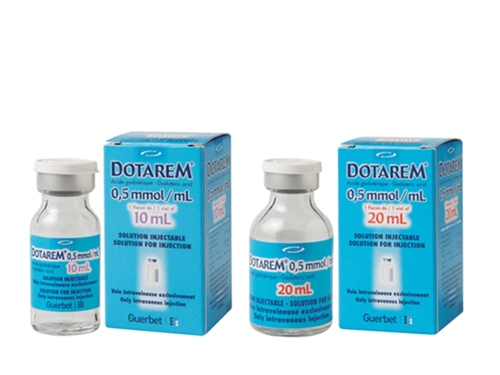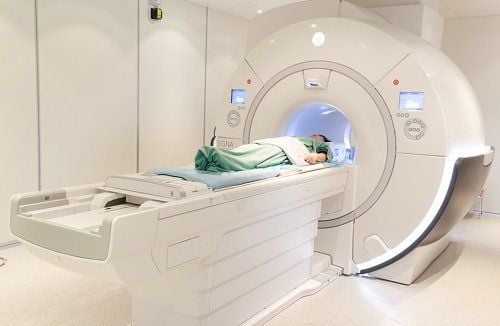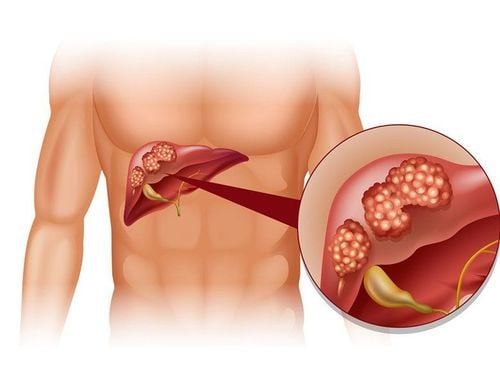This is an automatically translated article.
The article was professionally consulted by Specialist Doctor I Tran Cong Trinh - Radiologist - Radiology Department - Vinmec Central Park International General Hospital.
Whole-body angiography is an advanced paraclinical tool, which is increasingly being used because of its many conveniences. Patients are not exposed to X-rays like in computed tomography, the procedure is not too complicated, but the cost is still quite high.
1. What is magnetic resonance angiography (MRI) of the whole body?
Magnetic resonance imaging (MRI) is one of the modern imaging diagnostic tools that is increasingly being widely applied in many medical facilities. MRI in general and whole-body MRI in particular work by the same mechanism, relying on magnetic fields to reproduce images of organs in the body, such as the head, neck, rib cage, abdomen, pelvis and pelvis. backbone system. The images obtained when taking full-body magnetic resonance imaging are clear and detailed, and irregular structures as small as a few millimeters can be observed. The whole body magnetic resonance imaging procedure is generally not too complicated when compared with CT scan or PET/CT, it usually takes about 1 hour for the scan and 1 hour for waiting for the results.Whole-body angiogram is an adjunct to other paraclinical means when you want to investigate and detect abnormalities related to the vascular system in the body in general such as narrowing of arteries, pockets aneurysm...
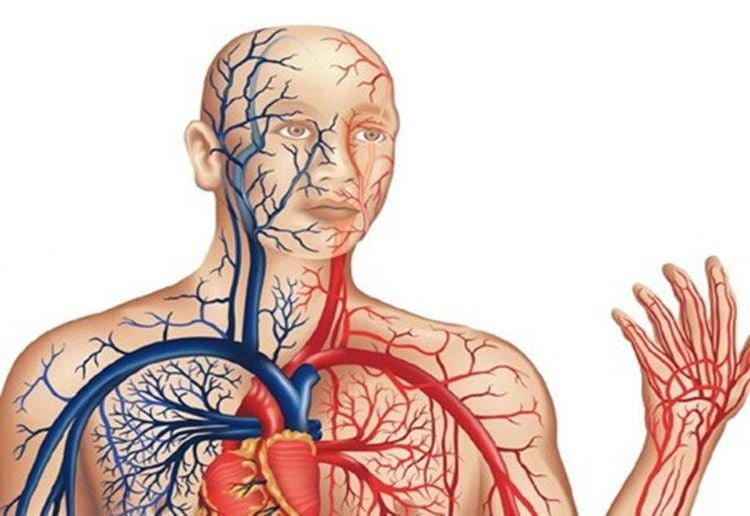
Chụp MRI động mạch toàn thân
2. Indications for systemic magnetic resonance angiography for which disease?
Whole-body angiogram has a fairly wide range of uses, meeting the role of diagnosis and treatment for many different diseases. The arterial system in the body is examined through each important area, including: brain, neck, rib cage, heart, abdomen (liver and kidney), pelvis, two lower limbs and two upper limbs.Indications for systemic magnetic resonance angiography include:
Detection of abnormalities such as aneurysms, arterial dissection in the thoracic and abdominal aorta, or in other arteries. Detect atherosclerotic disease in important locations such as carotid artery, the cause of stroke. Assess the degree of stenosis and related blood vessels in vascular disease, supporting the treatment plan of coronary intervention. Determination of cerebral vascular malformation mass
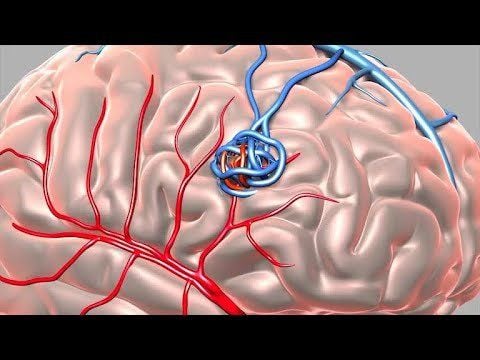
Chụp cộng hưởng từ xác định dị dạng động tĩnh mạch máu não
3. Contraindications to systemic magnetic resonance angiography
Overall, whole-body angiography is a safe, non-invasive, and non-radiative technique. However, there are some cases where magnetic resonance imaging should not be taken, such as:People with claustrophobia because during the scan, the patient is asked to lie still in the machine's compartment for 45 to 60 minutes. People with claustrophobia may find it difficult to cooperate. The patient harbors foreign bodies inside the body, including: pacemakers, cochlear implants, and certain types of clips used to treat brain aneurysms. Magnetic fields can affect the operation of these devices and conversely they can be the cause of image quality degradation. New-generation artificial substitutes are often provided by the manufacturer with a description of the risks associated with MRI in their manuals. Patients need to carefully discuss with their doctor before deciding to perform.

Bệnh nhân sử dụng thiết bị điện tử hỗ trợ sức khỏe không được chụp MRI
4. Procedure for performing magnetic resonance angiography of the whole body
Whole body angiogram should be performed according to the procedure to ensure the safety of the patient as well as the effectiveness of the device, including the following steps:Counseling and explaining to the patient how to perform the procedure present, the risk of systemic magnetic resonance angiography. Instruct the patient not to fast before the scan. Extract information from patients to rule out contraindications. Patients and relatives entering the MRI room are asked to remove jewelry before entering. During the imaging process, the patient needs to follow the technician's instructions such as keeping the posture, inhale, exhale, .. When the machine is operating, it will make a lot of noise, so the patient is usually equipped with noise-cancelling equipment such as earpads or noise-cancelling headphones The total shooting time may take between 45 and 60 minutes. Vinmec International General Hospital with a system of modern facilities, medical equipment and a team of experts and doctors with many years of experience in examination and treatment, patients can rest assured that they will be examined and treated with confidence. treatment at the Hospital.
Before taking a job at Vinmec Central Park International General Hospital, the position of Doctor of Radiology from September 2017, Doctor Tran Cong Trinh worked at Gia Dinh People's Hospital since 2007. -2017. In his role, Dr. Tran Cong Trinh has participated in guiding the teaching of students, residents, specialists and new doctors entering the department
For examination and treatment at International General Hospital Vinmec, please come directly to Vinmec Health System or register online HERE.




